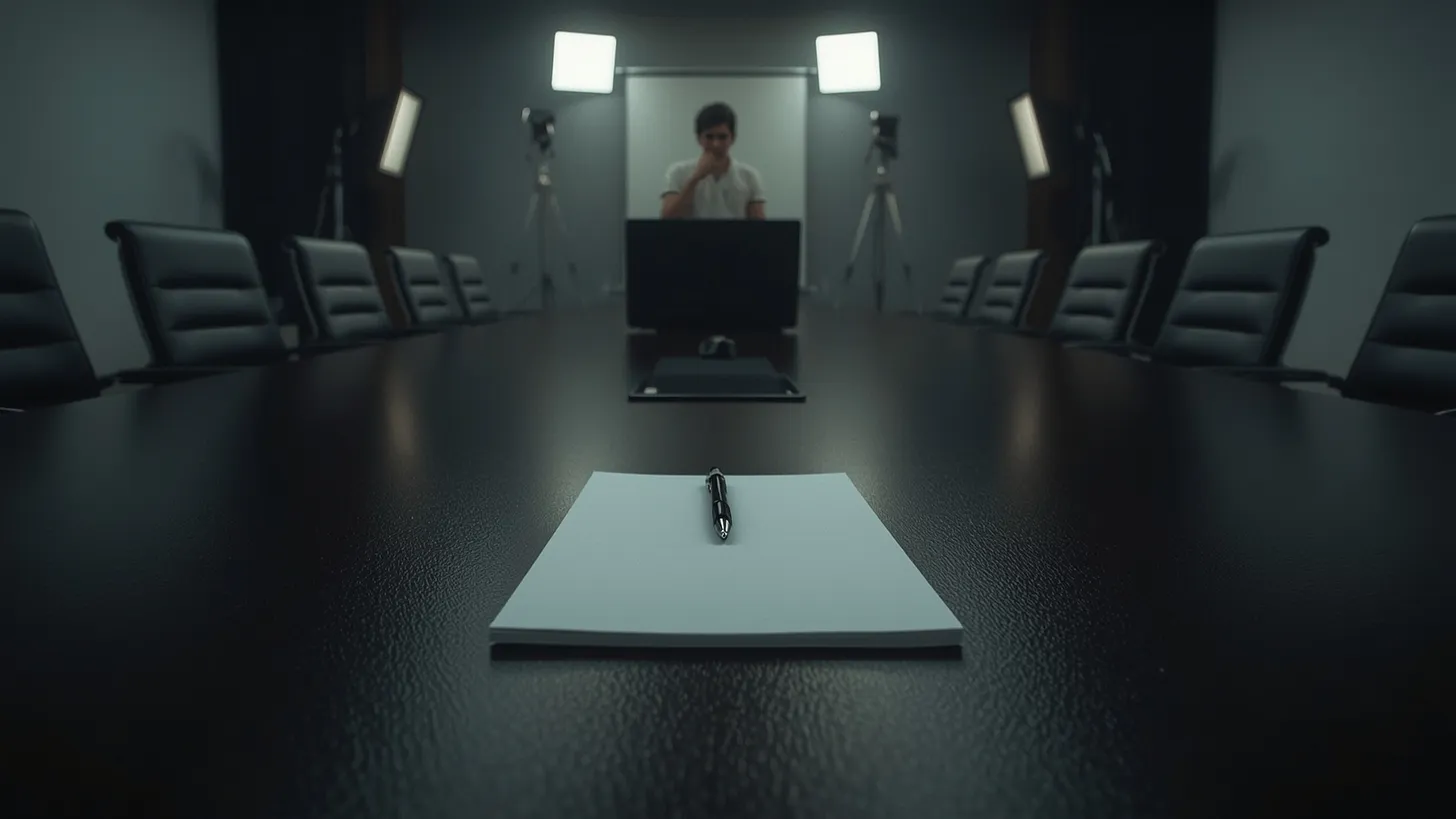Visual Differentiation: Why Memory Matters More Than You Think
17.11.2025
This week was my birthday.
And as simple as that sounds, the date dragged me into one of those internal dives we don’t plan, but somehow need to take.
I don’t know if this happens to everyone, but these marks on the calendar always have the power to pause life for a moment.
As if they were saying: “look back, face who you were, and try to understand where you’re going.”
And while I let that feeling take over, something became very clear: our stories matter. Much more than we usually admit.
I spent days revisiting the roles I’ve played.
Some I chose, others chose me.
Former athlete, shaped by discipline and the good kind of stubbornness that understands evolution is repetition.
Immigrant student, trying to build a place in the world far from home and close to some form of identity.
Designer, who helped me move forward in a creative career and find myself in a craft.
Band vocalist, who helped me lose a bit more shyness and face an audience.
Black belt, who learns more about himself than about fighting.
Atypical father, who discovers the power of reinvention every day.
Husband, son, brother.
Each of these titles comes with stories that still live inside me, even when they’ve long passed.
And maybe the most interesting point is this: these stories still exist because they were lived consciously, and in some cases, documented.
They have memory.
They have proof.
They have image.
And this is where the conversation shifts.
When life forces you to look back… and the market should, too
Every company — no matter how big or structured — also has its own birthdays.
Dates that should raise the same questions they raise in our personal lives:
Who were we? What did we learn?
What needs to change?
Which chapters made the brand who it is today?
But there is one big difference between people and companies: while we keep our stories in photos, videos, and memories, companies usually leave everything scattered — lost in past meetings, decisions no one remembers the reason for, projects that changed direction but got buried under daily urgency.
And when you look at the market, you notice most brands don’t even document their own evolution.
A brand that doesn’t record its story loses its context, its depth, its voice.
And in a world saturated with competition, it loses most importantly its visual differentiation — a term many CMOs use, but few truly understand in practice.
What marks a life should also mark a company
When I stopped to look at myself, it became clear how everything I’ve lived connects, even when it seems disconnected.
The former athlete influences the father.
The immigrant student influences the audiovisual professional.
The black belt influences the entrepreneur.
Everything adds up, forming a pattern of identity that exists only because there is story behind it.
And with companies, it’s identical.
Brands are made of people, decisions, mistakes, achievements, turning points, sacrifices, and small miracles that happen along the way.
But the company that doesn’t document this always ends up looking like the same thing:
a business that only exists to sell something.
And no brand in that category can create deep connection.
Because it lacks humanity, it lacks journey, it lacks memory.
That’s why, when we talk about visual differentiation, we’re talking about something much bigger than beautiful aesthetics.
We’re talking about creating visual codes that carry essence, reveal character, sustain legacy.
And that only becomes possible when the story exists not just in the mouths of those who lived it, but also in the images that prove who the brand truly is.
The bridge between past and future: strategic documentary-style audiovisual
This is where strategic documentary audiovisual stops being a marketing tool and becomes a foundation of identity.
Because when you document not only products, but processes;
not only results, but journeys;
not only campaigns, but culture…
you are building the kind of memory that separates brands that pass from brands that remain.
When a company decides to tell its story with depth, method, and sensitivity, it creates something rare in today’s market: emotional recognition.
The kind of recognition that doesn’t need a logo to exist.
The kind that turns customers into community.
The kind that only emerges when there is truth.
And the most curious thing is that, just like in personal life, the strength of this record doesn’t lie in the grandeur of the achievement, but in the sincerity of the process.
That’s what brings brands closer to people.
That’s what builds closeness.
That’s what makes the audience not only understand, but feel who the brand is.
What my birthday taught me about brands — and may teach you too
As I thought about all this, it became clear that looking back is more than nostalgia.
It’s diagnosis.
It’s clarity.
It’s preparation for what’s coming.
Documentary audiovisual does for companies exactly what a birthday does for us:
it opens space for deep reflection, for recognizing trajectories, and for planning the next step with more awareness.
Because stories exist for that:
to remember where everything started, to understand what was overcome, and to decide — with more intention — where we want to go.
And if there’s something I’ve learned in these past years as a father, athlete, immigrant, professional, and human being:
what is not lived disappears.
But what is not recorded gets lost.
They are different things, but equally important.
If you’ve made it this far, you’ve probably already understood the final provocation:
Which stories of your company are still disorganized, dispersed, or invisible?
And if they disappear, what remains of your brand?
Because while life was reminding me of my own path, it became impossible not to see the same urgency in companies: time doesn’t wait.
Stories don’t repeat.
And what doesn’t get documented doesn’t stay.
A hot coffee and a present mind.
Renan.






